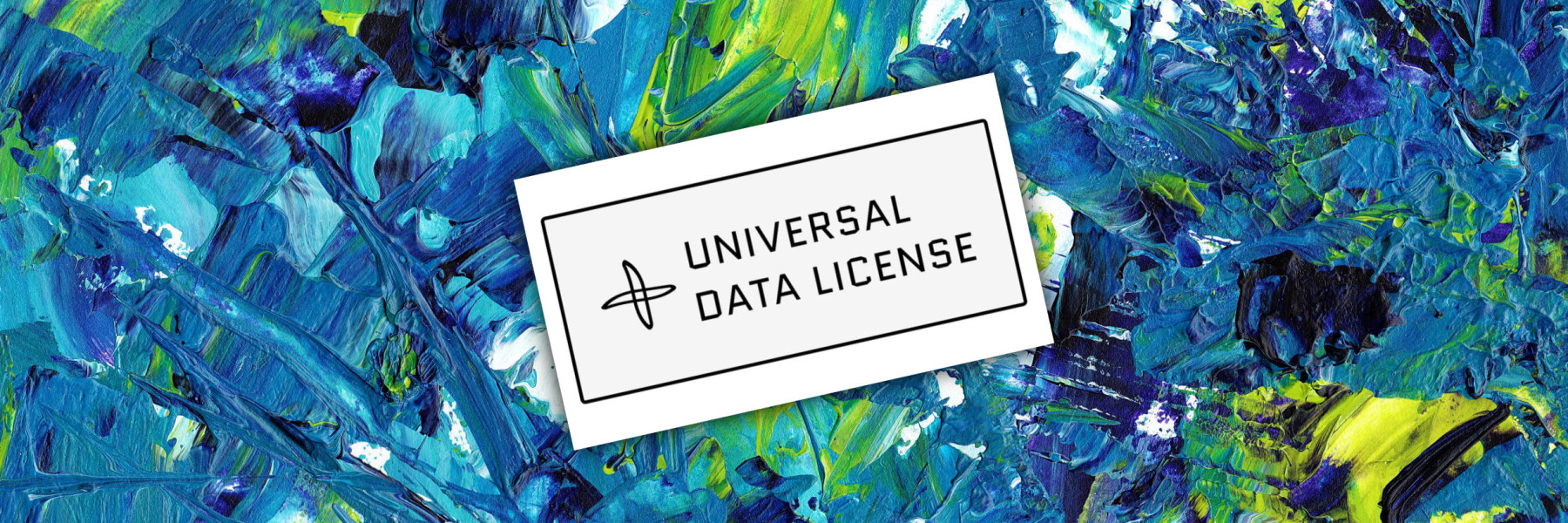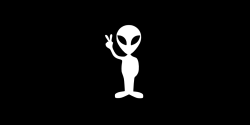
Arweave's Universal Data License - The Future of Web3 Content Creation
Arweave recently introduced the Universal Data License (UDL), a new feature designed to offer greater control to creators over their content in Web3. This is achieved by allowing creators to define licenses of how their content can be used by others.
Creators can program the Universal Data License in any way the want, defining their royalties, the splits, the length of the licenses, and more. It's a major upgrade, as any file uploaded to Arweave can be monetised!
Combined with Arweave's permanent data storage (permaweb), UDL lays the foundation for the creator industry of the future.
Let's take a look at how it does so.
UDL - The Game Changer
UDL allows creators to attach "License" tags to their uploaded content. These tags work like metadata, which provide specific instructions for how the content can be used. More importantly, they can also be used to designate how the creator wants to be compensated for that use. This effectively turns every file, be it an image, a piece of music, a video, or a written work, into a business opportunity.
The UDL can programmatically define licensing terms via predefined tags, covering aspects like derivations, commercial use, license fee, currency, license rights duration, and payment addresses.
By default, the basic license grants licensee's (those consuming the content) the following rights:
To copy
To display
To make public
Out of the box it does not grant the rights to:
Distribute the content
Make commercial use of the content
Make derivative works of the content
But all parameters can be specified by the user.
If you want to get into the technicalities and all the different license options available for the Universal Data License, you can do so here.
Creators can permit derivative works with various conditions, such as credit attribution, source indication, license passthrough, and revenue share.
Let's illustrate how the UDL might do so in the context of the music industry.
UDL in the Music Industry
Let's assume a rock band uploads their new single to Arweave and adds a "License" tag indicating that others can create derivative works (like remixes) from it, provided they share a certain percentage of revenue with the band. This percentage could be anything the band decides - from 0% to 100%.
Now suppose a DJ decides to remix this single.
As per the license tag, when the remix generates revenue, the band will automatically receive their share. The distribution of royalties is managed by a smart contract, ensuring a transparent and secure payment process. This means no member of the band will lose out on their share of royalties, a common issue in the traditional music industry (we'll explore that below).
It's worth noting that in such a scenario - with multiple royalty receivers - a smart contract can be designated to handle the royalty splits and receiving addresses, otherwise a single address (without a smart contract) can be designated as the receiver if there is only one artist.
This approach can automate the music industry and resolve common challenges, such as members leaving a band and losing out on future royalties from their contribution. The UDL ensures royalties are always paid as they're hard-coded into the smart contract stored on Arweave's permaweb.
Top tip: Get the IRL royalty split agreement double checked before hard coding it into the smart contract.
But, if the band is feeling generous, they can simply add a credit attribution license that merely asks that they be named as the original creators.
Read about all the various payment methods that can be used via the UDL here.
Commercial Use and Licensing
The UDL isn't limited to music; it extends to all forms of digital content. And it can also handle commercial use licensing.
A "Commercial-Use" tag can be set to allow or disallow commercial use of the content.
If allowed, a "License-Fee" tag can be used to specify either a monthly or one-time licensing fee.
This can be denominated in the specified currency the user selects.
And an "Expires" tag can also be used to indicate when the license terms expire.
A designer, for example, could upload assets to Arweave and set a license tag indicating that companies can use these assets in return for a one-time or monthly license fee paid directly on-chain.
Let's take a look at some potential use cases.
Examples of Commercial Use and Licensing using UDL
Think of popular stock image platforms, such as Shutterstock, that host millions of images, videos, and other creative materials. These platforms license these assets for a fee, and the exact model can be replicated on-chain, with each asset becoming a non-fungible token (NFT) on Arweave and taking advantage of the UDL.
Likewise, educators can allow others to modify and use their course material in exchange for a small fee.
For example, Udemy is an online learning platform where educators can sell courses to students around the world. These educators receive a percentage of the course fee each time a student enrolls. However, while purchasing a course on Udemy grants you access to its content for personal use and learning, it does not necessarily provide the rights to use the course material for commercial purposes. Udemy's Terms of Service states that when you purchase a course, you are acquiring a license to view and learn from the course content, but this license does not extend to commercial usage, such as reselling the course content or using it to create your own course. That means that the course creators are missing out on potential fee generation from such commercial and third party use.
Under the UDL, educators could upload their course content to Arweave and attach a license tag to it. This tag could specify, for example, that the content can be used or modified by others in exchange for a certain fee. If their content is widely used or adapted, they could earn substantially more than under the traditional Udemy model. Plus, every transaction is recorded transparently on the blockchain, so there's no risk of lost or unclaimed payments.
Similarly, UDL could bring the same type of changes for YouTube creators. Currently, content creators on YouTube earn money through ad revenue, brand partnerships, and viewer donations. However, UDL opens up a new revenue stream for YouTubers. If their videos are widely used or sampled, they could earn additional income on top of their existing YouTube earnings.
Preventing the Loss of Royalties
WE ESTIMATE THAT BRITISH WRITERS ARE POTENTIALLY LEFT UNPAID TENS OF MILLIONS OF POUNDS EACH YEAR, WITH THE SITUATION PARTICULARLY PRONOUNCED FOR UPCOMING AND NON-MAINSTREAM WRITERS - Excerpt "WHERE ARE THE MISSING SONG ROYALTIES?" BY MUSIC BUSINESS WORLDWIDE
Under the traditional model, creators lose out on millions in royalties each year due to inefficient collection systems, lack of transparency, and unclaimed royalties. By offering a clear, on-chain system for defining and executing licensing agreements, the UDL could help eliminate these losses.
Every licensing agreement is transparent, efficient, and automatic, significantly reducing the risk of (human) errors and delays that could prevent creators from receiving their royalties.
And, since these agreements are immutable and stored on the blockchain, creators don't have to worry about their royalties disappearing if they change their contact information or fail to claim their royalties on time.
we
The UDL on Arweave takes inspiration from open-source software and extends it to all forms of digital creativity. It enables creators to express themselves freely, safe in the knowledge that their work will be respected, and that they will be compensated fairly.
From musicians to designers, educators to filmmakers, all creators can benefit from the opportunities offered by the Universal Data License on Arweave.
